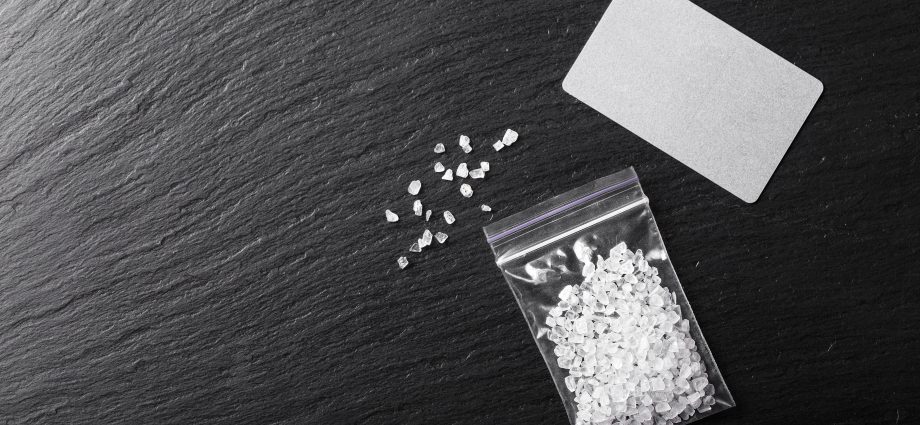WEDNESDAY, April 26, 2023 (HealthDay News) — Methamphetamine is a highly addictive stimulant that has been around for a long time, creating multiple health issues for users.
But there is another downside to this drug: It can ravage the dental health of users.
Meth was first used during World War II by both sides, to increase the focus and energy of soldiers. However, in the Controlled Substances Act of 1970, amphetamines were classified as Schedule II drugs, meaning they could only be used for medical reasons, since they have such a high risk of abuse and addiction.
In the past few decades, there has been an explosion in the abuse of this man-made substance.
According to the Pew Trust, “The use of the stimulant methamphetamine, as well as related overdose deaths and arrests, rose sharply from 2015 to 2019.”
This is partly due to the fact that it is cheap, easily made and gives a long-lasting high. However, the oral and dental damage it causes is colloquially called “meth mouth.”
What is meth mouth?
Meth mouth is a term used to describe the dental decay caused not by the drug directly, but as a secondary effect of the symptoms methamphetamine use causes.
What does meth mouth look like? Some users describe their teeth as “blackened, stained, rotting, crumbling or falling apart.” The teeth start rotting from the gum line and eventually, if untreated, break off or fall out.
What causes meth mouth?
If it isn’t the drug itself causing this destruction, what causes meth mouth?
Here are some of the factors that cause meth mouth, according to the Maine Center for Disease Control and Prevention.
- The use of methamphetamines creates a dry mouth as saliva production is decreased. Saliva is known to decrease bacteria in the mouth, so the decreased amount of saliva causes an increase in bacteria.
- Meth causes a high during which users typically crave sweets. They also tend to drink large amounts of soda and sugary drinks while on this high.
- Meth users may ignore personal care and may not brush their teeth on a regular basis.
- Meth is made up of acidic compounds, such as battery acid, household cleaning agents and fertilizers, which may add to the problem.
- Meth users often grind their teeth, and this damages their teeth.
Meth mouth symptoms
In research published recently in the journal MBio, meth mouth is characterized by severe tooth decay and gum disease, which often causes teeth to break or fall out.
The effects of methamphetamine use on the teeth vary with different users, according to the American Dental Association (ADA), but include:
- Cavities
- Black teeth
- Decay starting at the gum line
- Gingivitis/periodontitis
- Missing teeth
- Characteristic pattern of decay on the buccal (side by the cheek) smooth surface of the teeth and between the anterior teeth
- Lack of pain
Meth mouth treatments
What are the treatment options for a person who has meth mouth?
This depends on how advanced the damage is. Dentists will recommend that the patient brush their teeth regularly and may consider a fluoride treatment. In addition, it is recommended that they should drink more water and less sugary drinks, the ADA says. However, if the damage is too severe, there may be no choice but to remove the teeth. If that occurs, the patient may explore their options, which include dentures, fillings or veneers.
Meth mouth is a widespread problem that can harm the user’s dental health. Beyond that, providing resources for patients to get help with their meth addiction so further tooth damage does not occur is critical.
Copyright © 2025 HealthDay. All rights reserved.

